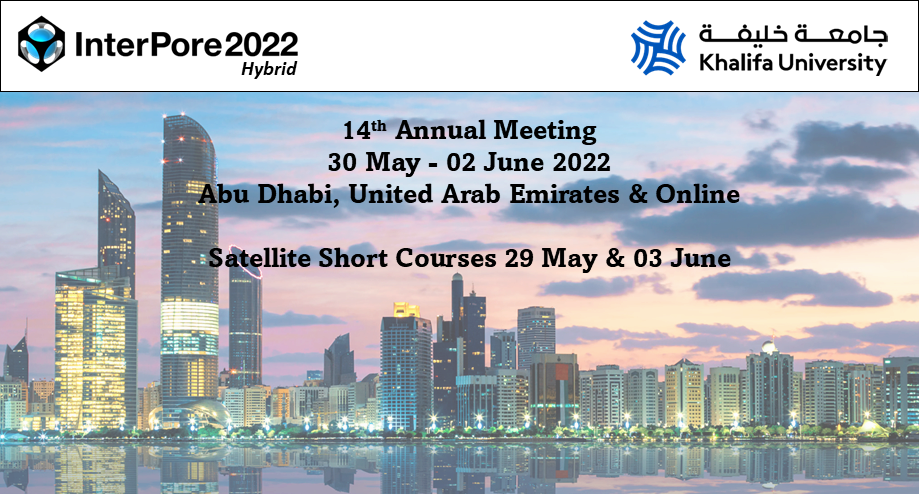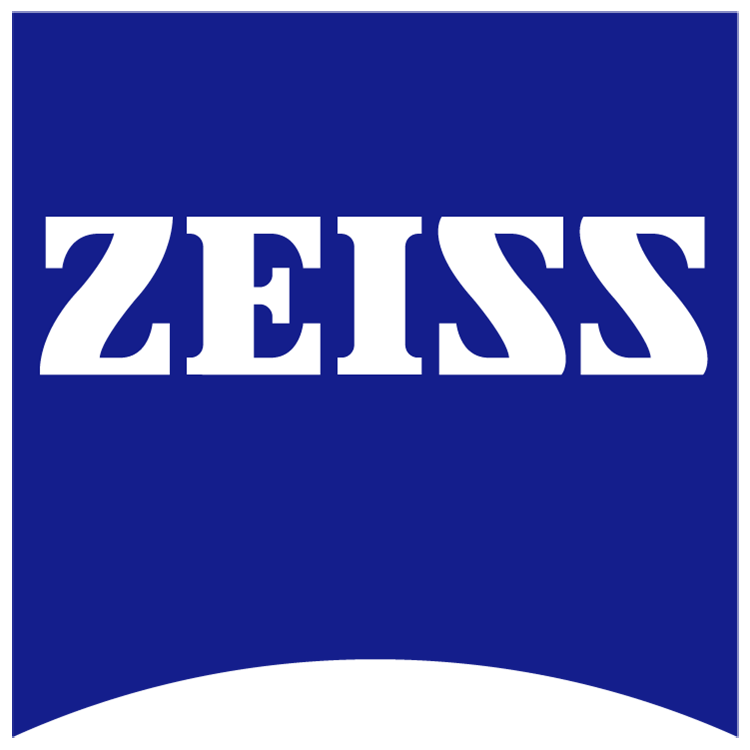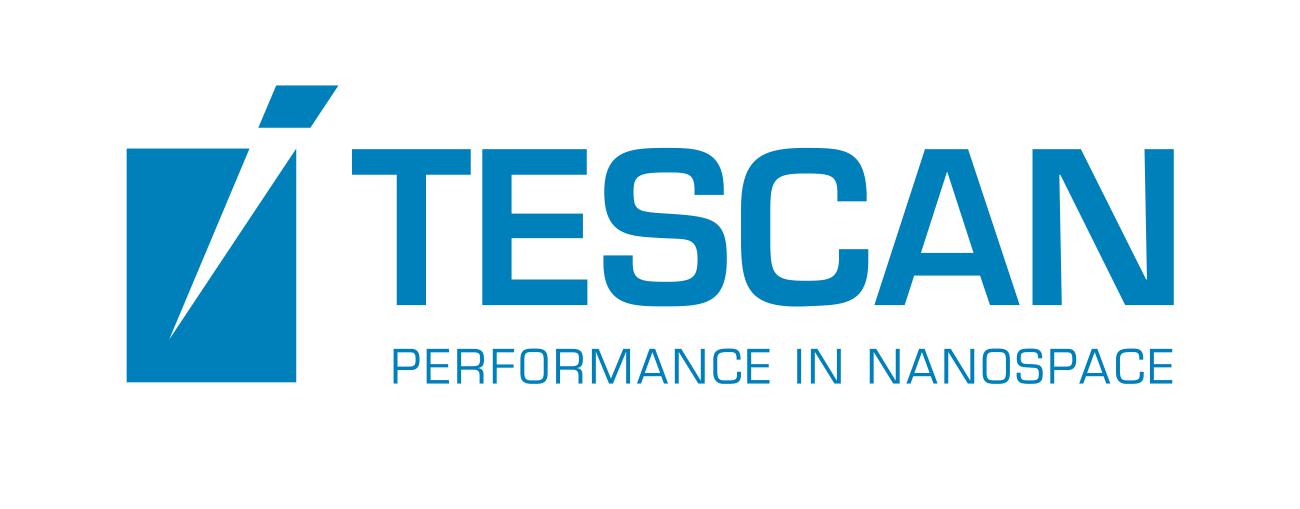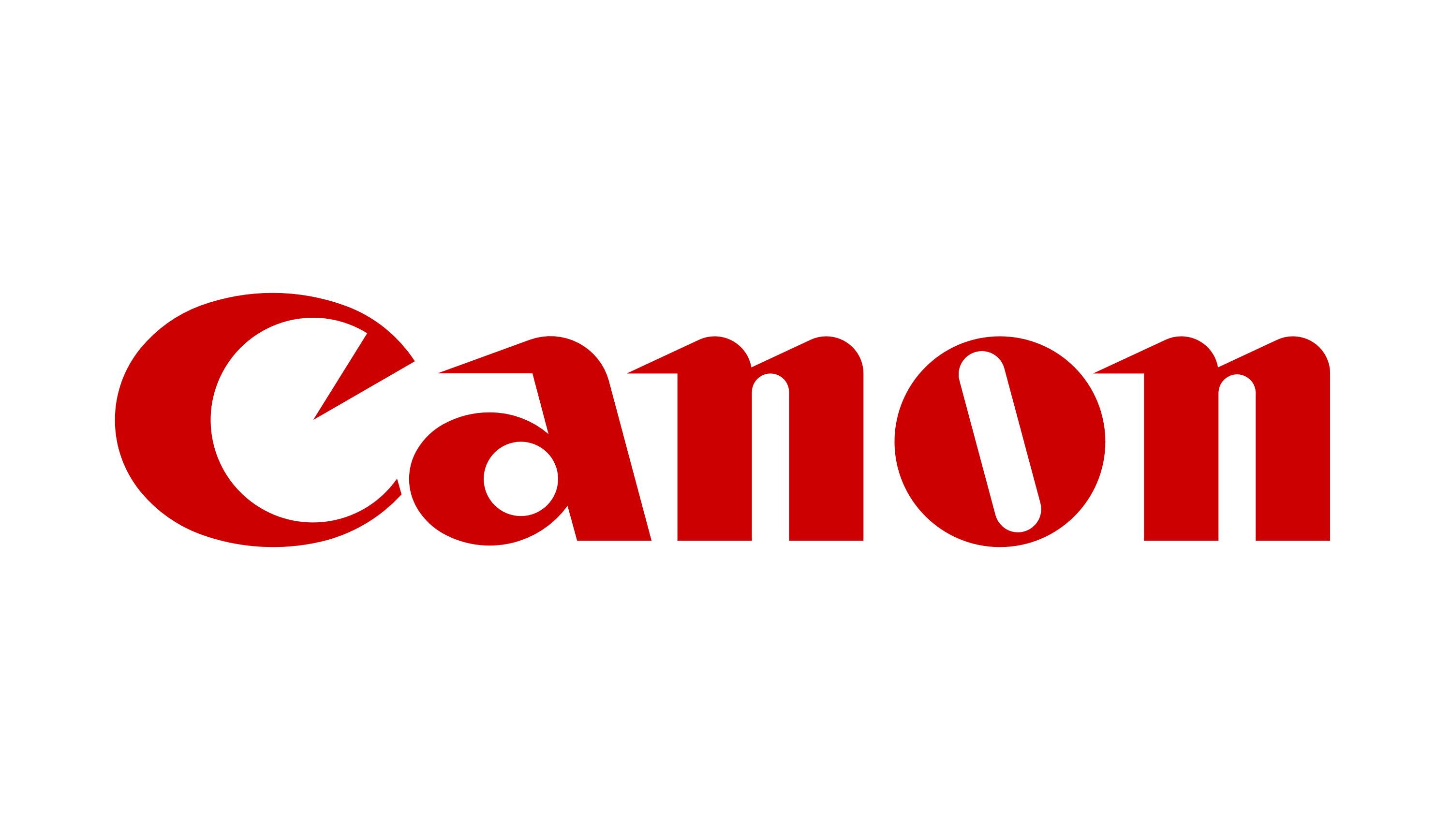Speaker
Description
The determination of realistic rates of CO$_2$ dissolution associated with geological CO$_2$ storage in deep saline aquifers requires an understanding of the mixing process that takes place during the emplacement of CO$_2$ into these formations. The mixing process is triggered by the local density increase in the ambient brine following the CO$_2$ dissolution. As a result, gravitational instabilities occur, and perpendicular elongated finger-like patterns form that are enhancing the mixing between CO$_2$ and water compared to a purely diffusive process. This density-driven mixing process is important because it accelerates the CO$_2$ dissolution into brine and could eventually form a stable stratification in the aquifer, thereby reducing the chances of leakage.
Owing to the difficulty of imaging the time-dependent convective process, experiments so far have largely focused on two-dimensional systems (e.g., Hele-Shaw cells), which inherently limit the lateral spreading of the downwelling plumes. Here, we present the development of an experimental approach to investigate the evolution of the convective mixing process in three-dimensional porous media using X-ray Computed Tomography. To this end, we have considered both homogeneous glass-packs as well as consolidated rock samples, for which observations have thus far been lacking. To imitate the dissolution process of CO$_2$ in brine under laboratory conditions, a salt is used with a high X-ray attenuation coefficient that dissolves in water and creates a heavier solution than pure water. We explore a range of Rayleigh numbers and compute from the images the temporal evolution of several global quantities, including the total mass, the vertical centre of mass and the dilution index. The results on the uniform packings enable a direct comparison against results obtained with two-dimensional porous media and the associated scaling laws. We further observe that the mixing structures, that arise upon dissolution in the consolidated rock samples, differ strongly among those.
To evaluate the porous media in terms of overall mixing efficiency, we compute the dilution index at the time of the onset of shutdown and we find a correlation of the dilution index with the characteristic length of the pore space. This suggests that mixing on the microscopic level plays a significant role and, apart from characteristics of the advective transport (such as permeability, included in the Rayleigh number), other microstructural features are influencing the overall mixing.
These observations provide therefore more representative information towards the investigation of convective mixing in the context of CCS as well as the selection and evaluation of sequestration sites.
| Participation | In person |
|---|---|
| Country | United Kingdom |
| MDPI Energies Student Poster Award | Yes, I would like to submit this presentation into the student poster award. |
| Time Block Preference | Time Block A (09:00-12:00 CET) |
| Acceptance of the Terms & Conditions | Click here to agree |









